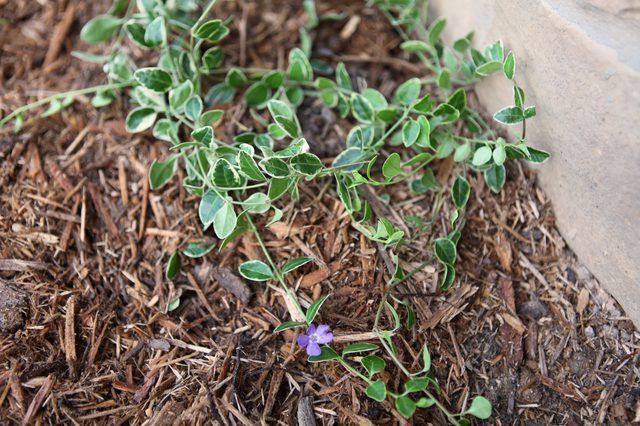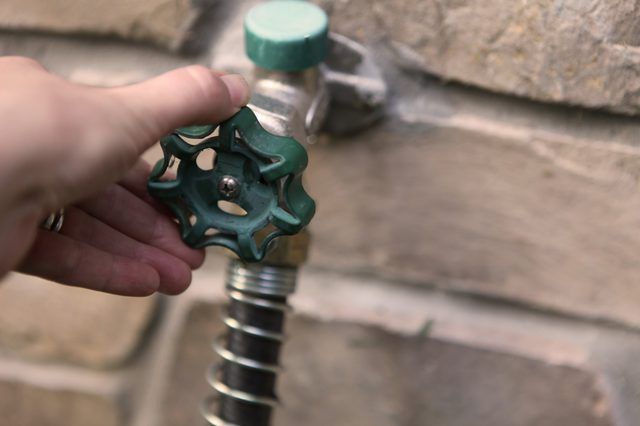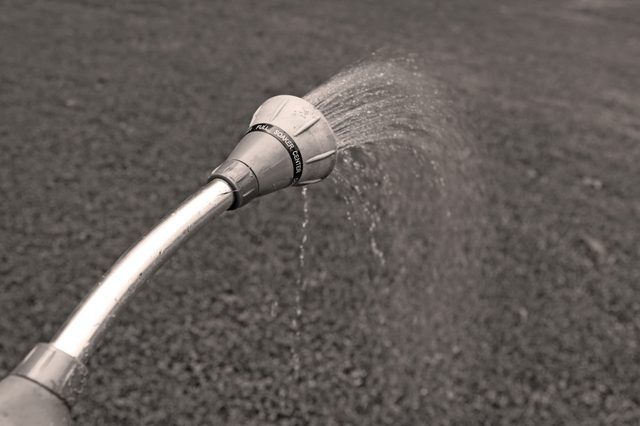Bulbs
Flower Basics
Flower Beds & Specialty Gardens
Flower Garden
Garden Furniture
Garden Gnomes
Garden Seeds
Garden Sheds
Garden Statues
Garden Tools & Supplies
Gardening Basics
Green & Organic
Groundcovers & Vines
Growing Annuals
Growing Basil
Growing Beans
Growing Berries
Growing Blueberries
Growing Cactus
Growing Corn
Growing Cotton
Growing Edibles
Growing Flowers
Growing Garlic
Growing Grapes
Growing Grass
Growing Herbs
Growing Jasmine
Growing Mint
Growing Mushrooms
Orchids
Growing Peanuts
Growing Perennials
Growing Plants
Growing Rosemary
Growing Roses
Growing Strawberries
Growing Sunflowers
Growing Thyme
Growing Tomatoes
Growing Tulips
Growing Vegetables
Herb Basics
Herb Garden
Indoor Growing
Landscaping Basics
Landscaping Patios
Landscaping Plants
Landscaping Shrubs
Landscaping Trees
Landscaping Walks & Pathways
Lawn Basics
Lawn Maintenance
Lawn Mowers
Lawn Ornaments
Lawn Planting
Lawn Tools
Outdoor Growing
Overall Landscape Planning
Pests, Weeds & Problems
Plant Basics
Rock Garden
Rose Garden
Shrubs
Soil
Specialty Gardens
Trees
Vegetable Garden
Yard Maintenance
How to Take Care of Vinca Flowers
How to Take Care of Vinca Flowers. The plant commonly called vinca (Catharanthus roseus) grows as a short, upright bush, covered in small pink or magenta flowers. It grows as a perennial in U.S. Department of Agriculture plant hardiness zones 10 through 11 but can be treated as a summer annual elsewhere. Vinca's close cousins, greater periwinkle...
The plant commonly called vinca (Catharanthus roseus) grows as a short, upright bush, covered in small pink or magenta flowers. It grows as a perennial in U.S. Department of Agriculture plant hardiness zones 10 through 11 but can be treated as a summer annual elsewhere. Vinca's close cousins, greater periwinkle (Vinca major), which grows in USDA zones 7 through 9, and common periwinkle (Vinca minor), which grows in USDA zones 4 through 9, can become invasive, but vinca doesn't usually spread beyond its garden bed.

Vinca flowers best in full sun. Although it can tolerate partial shade, too much shade inhibits flowering and results in sparse foliage. Trailing varieties can spread more than 18 inches wide, creating a sprawling ground cover, but most have a bushy form. Vinca can readily self-seed, even in areas where it usually grows as an annual, so plant it in beds where you plan to continue growing it or remove the seedlings when you see them.

Drought-tolerant vinca survives even with infrequent watering. Water the soil only during extended dry periods if the plants begin to wilt even at night, otherwise rainfall and water from nearby areas of the yard will provide enough water. Vinca leaves may curl and appear wilted during the day when it's hot and dry, but they don't need additional water if they still unfurl during the cooler nights. Applying a 2-inch layer of mulch over the bare soil surrounding the plants conserves soil moisture and further minimizes the need for watering. Pull mulch back so it doesn't rest against the base of the vinca plants.

Once established, vinca doesn't require much care. If the plant looks sparse, cut back stems to encourage branching and new growth. Wipe the shears with a rubbing alcohol-soaked cloth before making a cut to disinfect them. Vinca also doesn't require deadheading, dropping its blooms naturally after the flower wilts. Light fertilization once a month during the spring and summer growing season helps keep the plants healthy. Water with an all-purpose soluble fertilizer. For example, 1 tablespoon of a 24-8-16 blend mixed with 1 gallon of water provides enough to feed 10 square feet of vinca plants.

Most vinca problems come from too much moisture or improper watering. Stem and root rot, fungal leaf spots and botrytis blight are most common in wet, overwatered beds or from wet foliage. Avoid overhead watering and keep water from splashing onto the leaves to prevent most diseases. Aphids may sometimes feed on the plant, but you can rinse them off with a blast of water from the garden hose. When rinsing off aphids, do so in the morning so the leaves dry before nightfall.
